Gravitational Wave Data Analysis, Black Hole & Neutron Star Mergers, Gravitational Wave Sources & Their Electromagnetic Counterparts
Image Credit: NSF/LIGO/Sonoma State University/A. Simonnet
As a discipline, astronomy is constantly being pushed forward by new technologies that transform how we observe the Universe. Multi-messenger astronomy is the synthesis of observations using light, gravitational waves, and astro particles. Combining different information from different types of signals allows us to better understand the underlying physical processes that govern how astrophysical systems evolve and change, and helps us get a better handle on the uncertainties and statistics that are inherent to every observation we make. Additionally, numerical simulations are another type of “messenger” that can be combined with observations to better understand astrophysical phenomena. In CIERA, we have broad expertise and interest in multi-messenger astronomy, particularly at the interface of electromagnetic and gravitational-wave observations.
Research at CIERA
Compact objects, such as black holes, neutron stars, and white dwarfs, often exist in pairs which eventually merge. These systems are strong sources of gravitational waves, and their nature and the environment in which they reside has a profound effect on possible associated electromagnetic signatures.
Professor Fong’s group looks for EM counterparts to GW events with observing programs in Hawaii, Chile, and Arizona. They are particularly interested in studying short gamma-ray bursts (GRBs) whose progenitors are likely neutron star mergers with other neutron stars or black holes.
Professor Kilpatrick uses large catalogs of galaxies and optical transients to optimize searches for the counterparts to neutron star mergers with the goal of understanding their contribution to the production of elements heavier than iron.
Opportunity
Deadline: 11:59pm, January 30, 2026
Our Research Experiences for Undergraduates (REU) program provides students with the opportunity to pursue an astrophysics-based interdisciplinary research project in collaboration with Northwestern University faculty in: Astronomy Applied Math Chemistry Earth and Planetary Science (EPS) Electrical Engineering and Computer Science (CS) and/or Physics. The program includes computer programming and science communication workshops, research talks, educational
Deadline: 11:59pm, March 9, 2026
REACH (Research Experiences in Astronomy at CIERA for High School Students) is a highly interactive, in-person 3-week program (with an optional 3-week extension) that provides high school students experience with astronomy research in an atmosphere of team-style learning, hands-on training, and mentorship from professional scientists. Students enrolled in the program engage in astronomy research projects with
Deadline: 11:59pm, December 31, 2026
Image Credit: Carl Knox / OzGrav / Swinburne University CIERA supports a wide range of interdisciplinary projects focused on research, education, and public outreach in Astrophysics. Our faculty and postdocs work on projects that couple astronomy and astrophysics analysis with many other disciplines: computer science, applied math, planetary sciences, electrical engineering, mechanical engineering, data science,
News

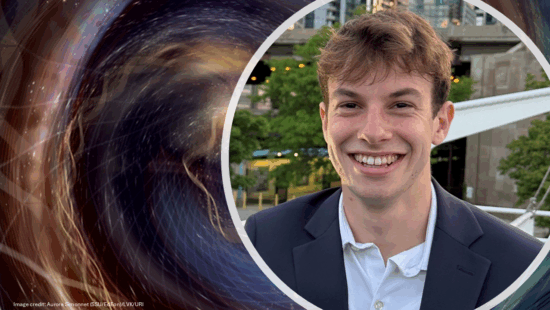
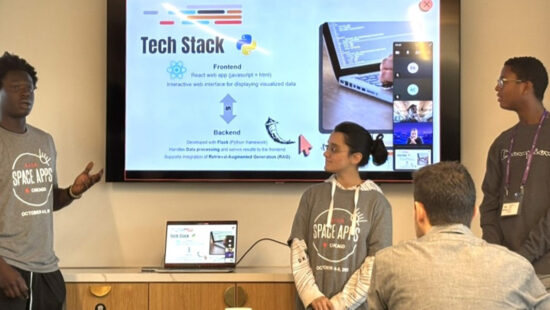
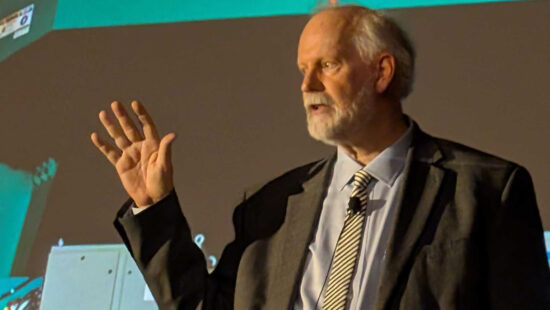
Gallery
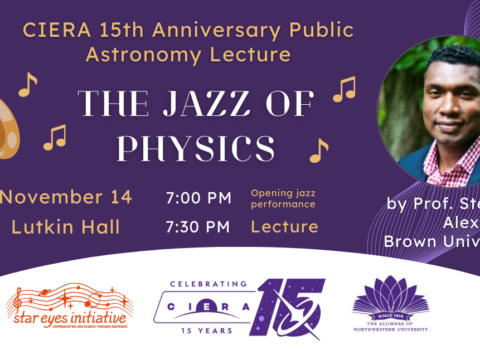
2024 CIERA public lecture – “The Jazz of Physics” with Stephon Alexander
2024 CIERA public lecture – “The Jazz of Physics” with Stephon Alexander
On November 14, over 300 people packed Northwestern University’s Lutkin Hall to join Professor Stephon Alexander in a celebration of The Jazz of Physics for CIERA’s 15th anniversary public lecture. Over 100 others joined the livestream for an evening that began with a live jazz performance from the Star Eyes Initiative, followed by Prof. Alexander’s public lecture, and concluded with a
- Interdisciplinary,
- Outreach,
- Event
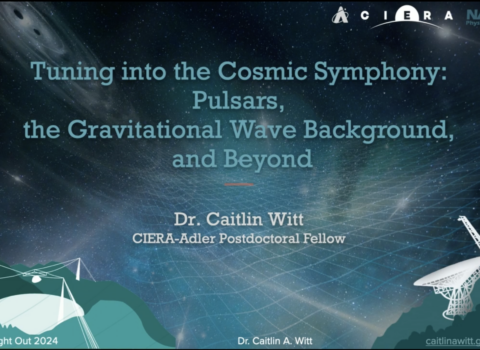
3rd annual Astronomy Night Out – “Tuning into the Cosmic Symphony: Pulsar Timing, the Gravitational Wave Background, and Beyond”
3rd annual Astronomy Night Out – “Tuning into the Cosmic Symphony: Pulsar Timing, the Gravitational Wave Background, and Beyond”
On Friday, May 17, 2024, CIERA welcomed 170 in-person and 25 remote participants to its 3rd annual Astronomy Night Out, an evening dedicated to sharing astronomy with the community through a variety of formats. The keynote public lecture was presented by CIERA-Adler Postdoctoral Fellow Caitlin Witt and entitled, “Tuning into the Cosmic Symphony: Pulsar Timing, the Gravitational Wave
- Outreach,
- Event,
- Education
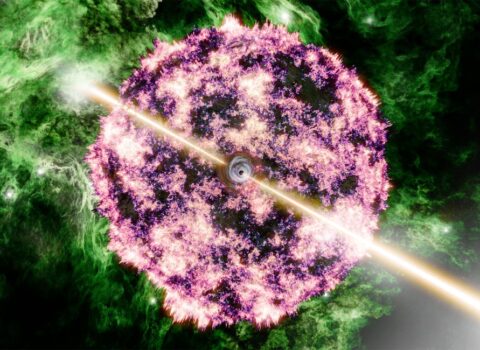
Brightest gamma-ray burst of all time came from the collapse of a massive star
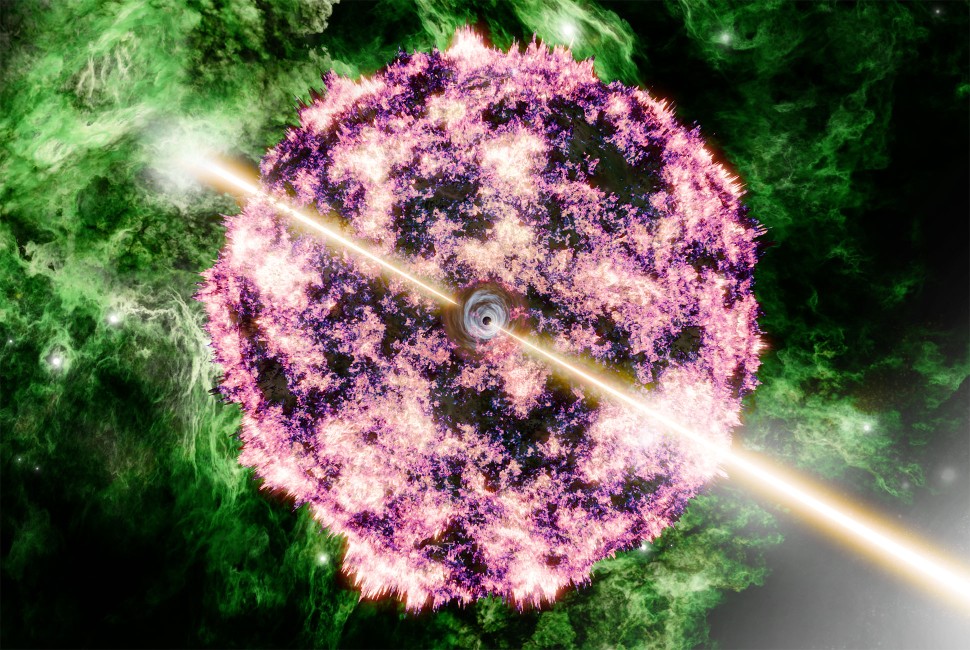
Brightest gamma-ray burst of all time came from the collapse of a massive star
In October 2022, an international team of researchers, including Northwestern University astrophysicists, observed the brightest gamma-ray burst (GRB) ever recorded, GRB 221009A. In a paper published in April 2024, a team led by CIERA Postdoctoral Fellow Peter Blanchard has confirmed that the phenomenon responsible for the historic burst — dubbed the B.O.A.T. (“brightest of all time”)
Aaron M. Geller / Northwestern / CIERA / IT Research Computing and Data Services
- Science
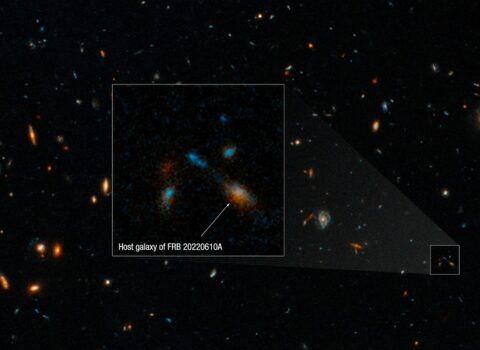
‘Blob-like’ home of farthest-known fast radio burst is collection of seven galaxies
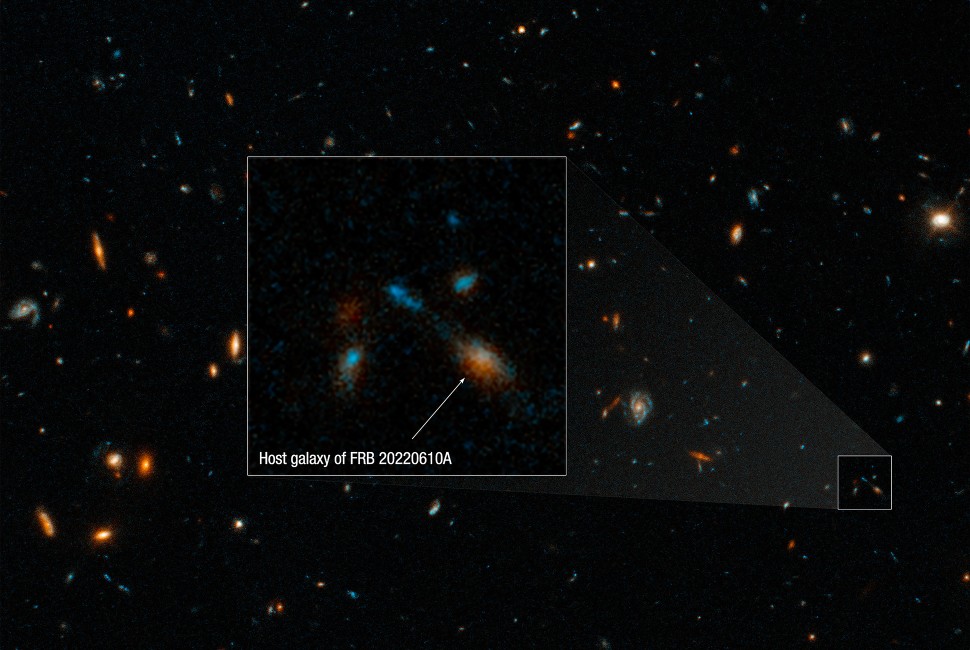
‘Blob-like’ home of farthest-known fast radio burst is collection of seven galaxies
A Hubble Space Telescope image of the host galaxy of an exceptionally powerful fast radio burst, FRB 20220610A. In summer 2022, astronomers detected the most powerful fast radio burst (FRB) ever observed. And coming from a location that dates halfway back to the Big Bang, it also was the farthest known FRB spotted to date.
NASA, ESA, STScI, Alexa Gordon (Northwestern)
- Science
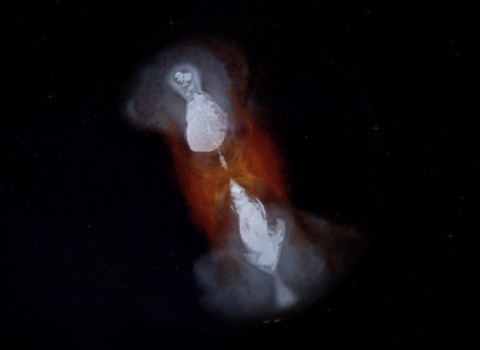
Unprecedented gamma-ray burst explained by long-lived jet
Unprecedented gamma-ray burst explained by long-lived jet
Last year, Northwestern University researchers uncovered new observational evidence that long gamma-ray bursts (GRBs) can result from the merger of a neutron star with another compact object (either another neutron star or black hole) — a finding that was previously believed to be impossible. Now, another Northwestern team offers a potential explanation for what generated
Ore Gottlieb/Danat Issa/Alexander Tchekhovskoy/CIERA/Northwestern
- Science
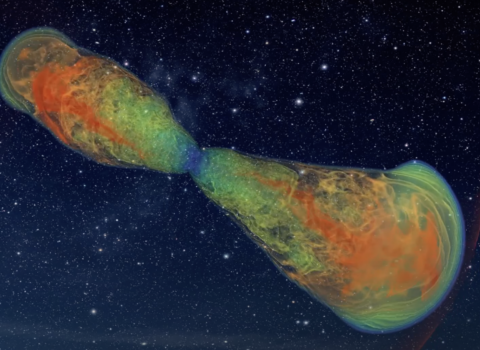
Dying stars’ cocoons could be new source of gravitational waves
Dying stars’ cocoons could be new source of gravitational waves
When massive stars collapse into black holes, they may create powerful outflows (or jets) of particles traveling close to the speed of light. New simulations model this process — from the time the star collapses into a black hole until the jet escapes. For the first time, the simulations show that the cocoon of stellar
Ore Gottlieb/Northwestern/CIERA
- Science
People
Core Faculty



Vicky Kalogera
Daniel I. Linzer Distinguished University Professor, Director of CIERA, Director of the SkAI Institute

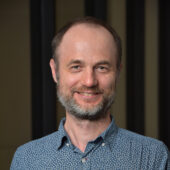
Associate Faculty
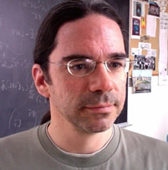
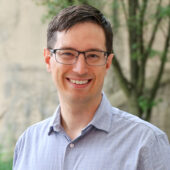


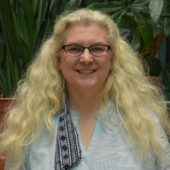
Suzan van der Lee
Sarah Rebecca Roland Professor, Director of Graduate Studies, Director of Computing
Visiting Scholars
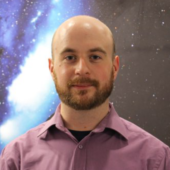
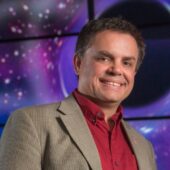
Shane L. Larson
Adjunct Professor; Professor and Director of Integrated Engineering and Applied Science Projects at Clarkson University
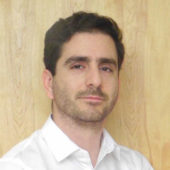
Diego Muñoz
Assistant Professor, Northern Arizona University
Postdocs
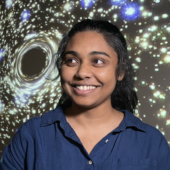

Jimena Gonzalez
SkAI Postdoctoral Associate


Yongseok Jo
SkAI Postdoctoral Fellow





Research Staff

Graduate Students



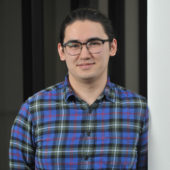



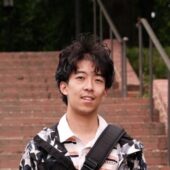




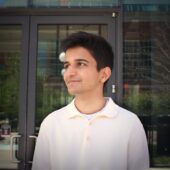
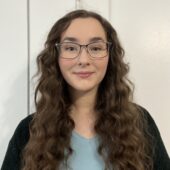

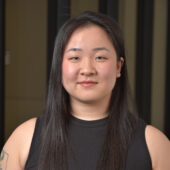
NU SkAI Personnel


Jimena Gonzalez
SkAI Postdoctoral Associate

Yongseok Jo
SkAI Postdoctoral Fellow

Vicky Kalogera
Daniel I. Linzer Distinguished University Professor, Director of CIERA, Director of the SkAI Institute


